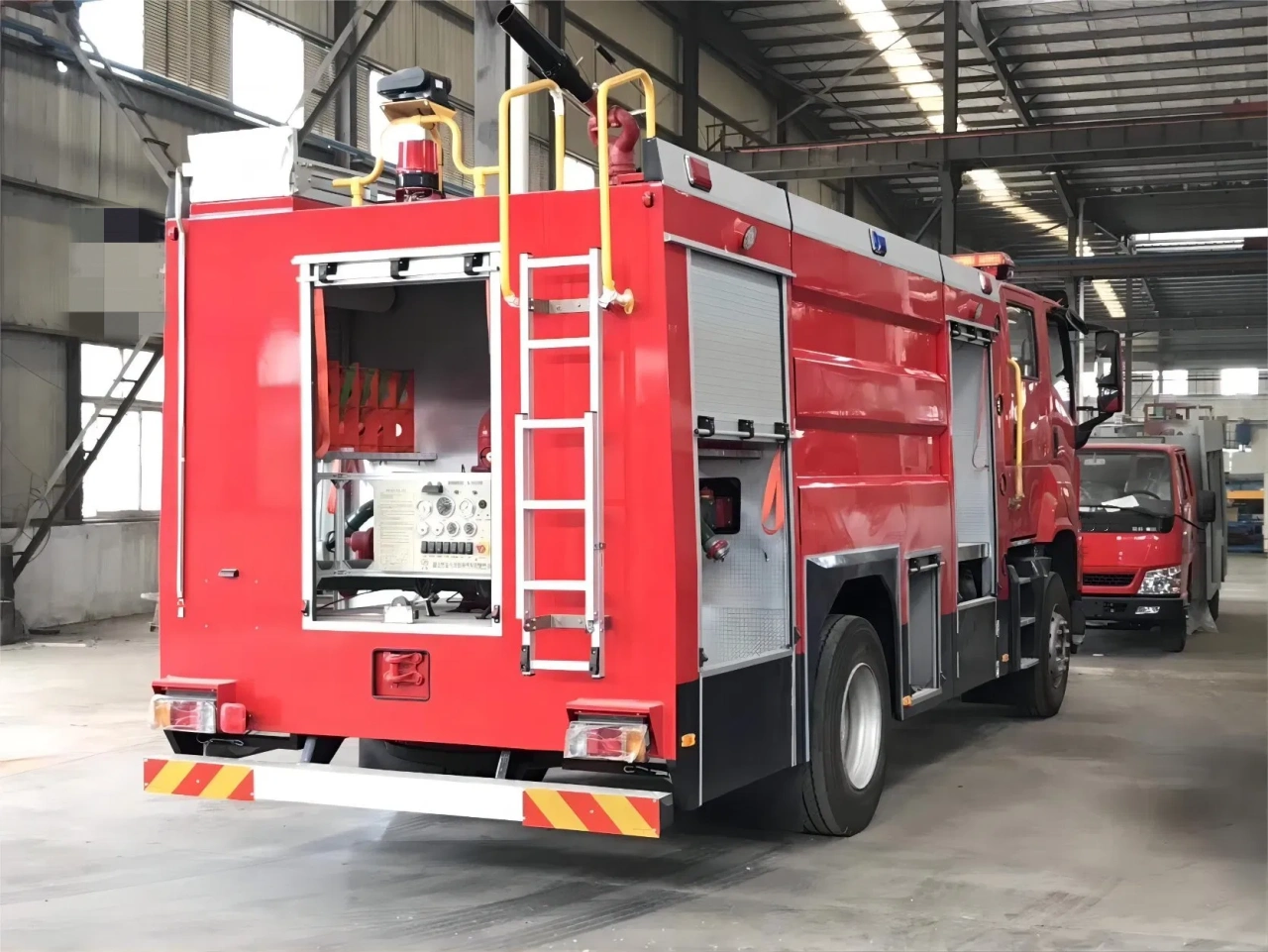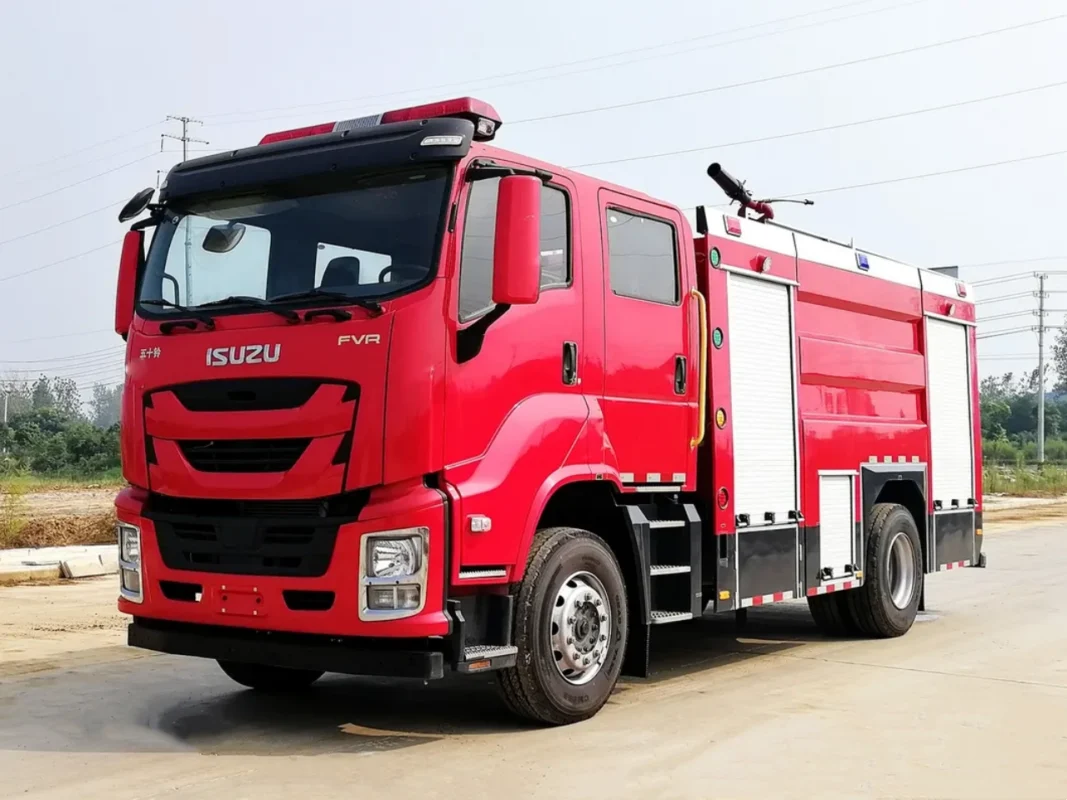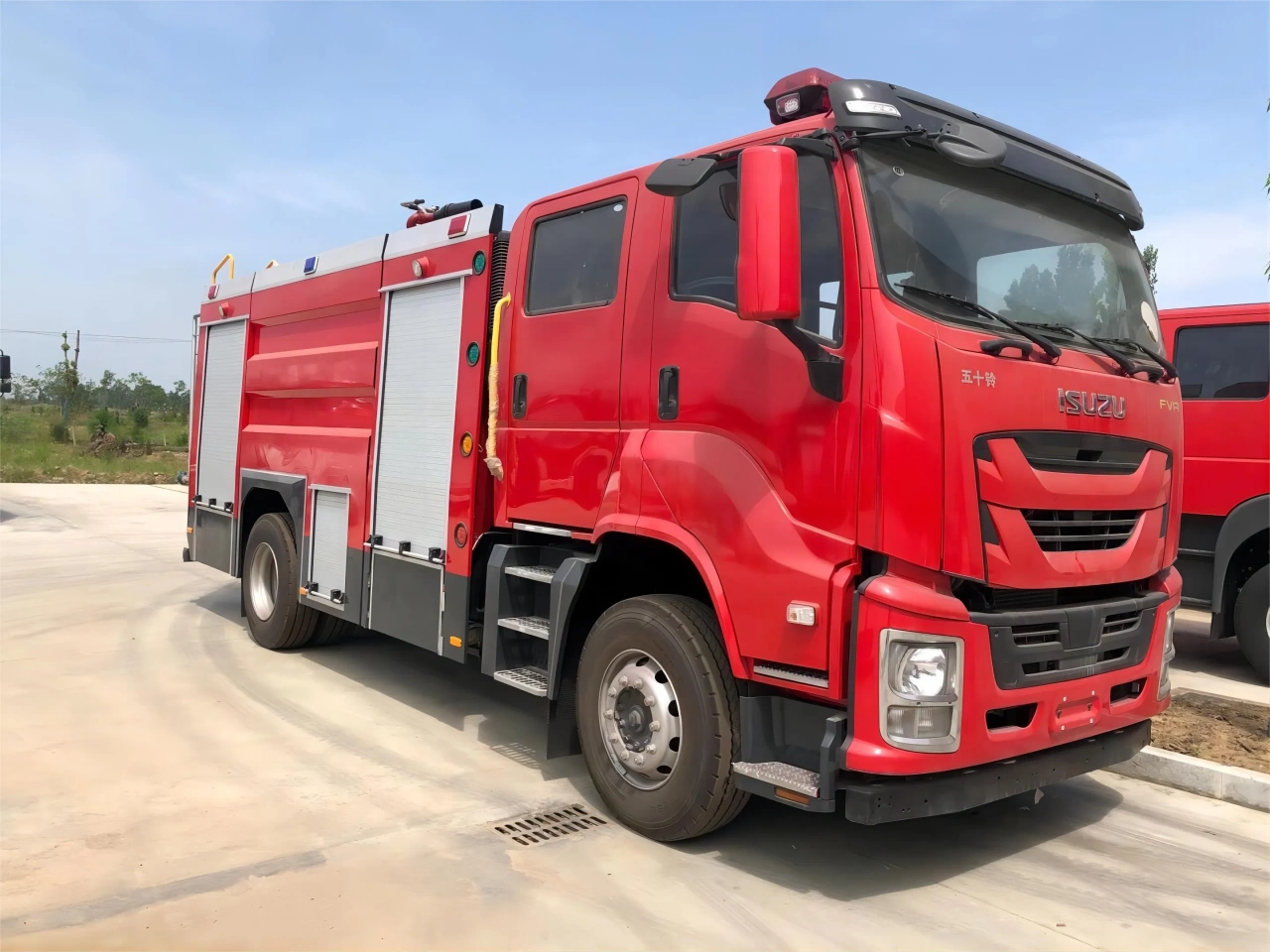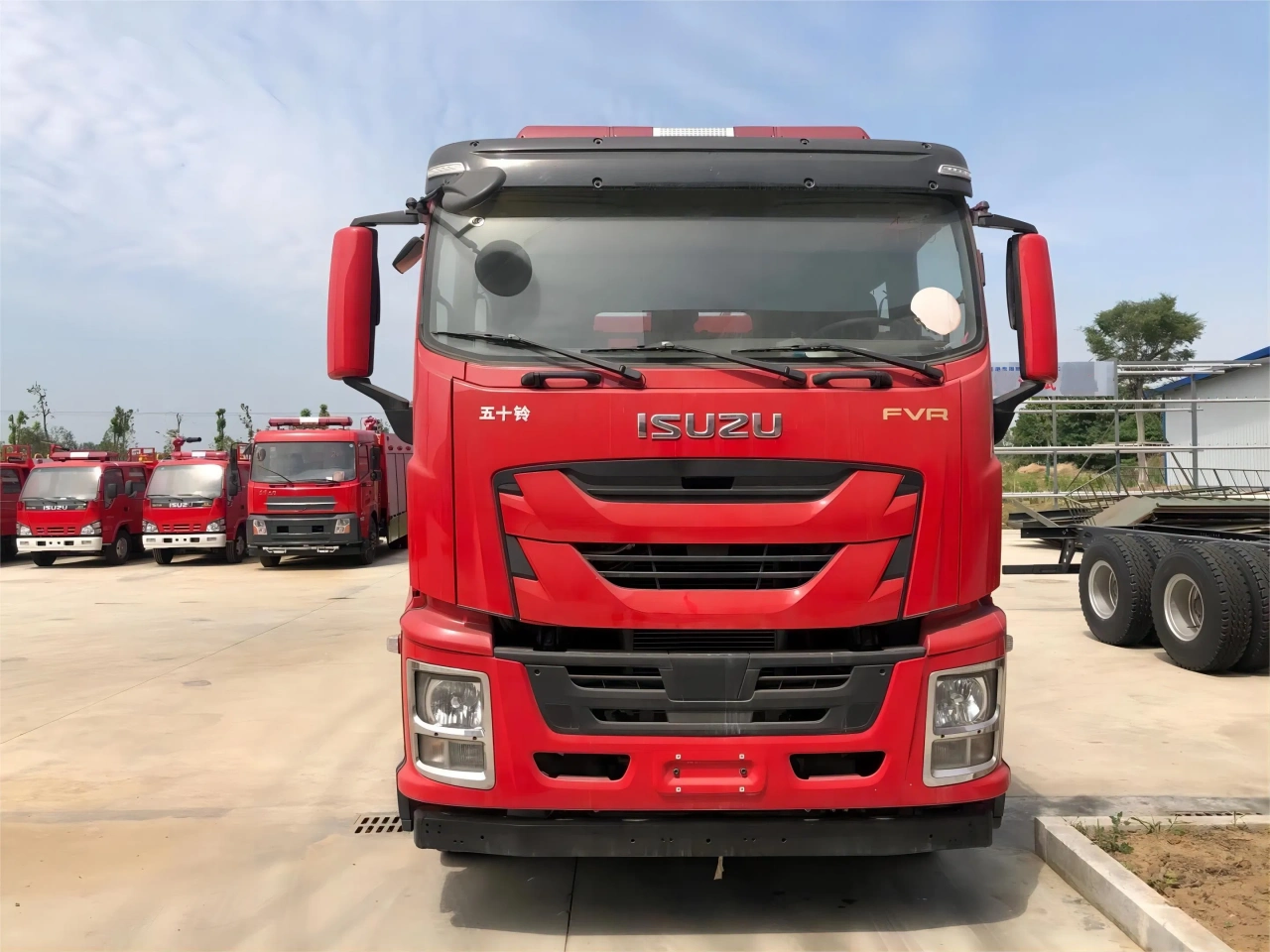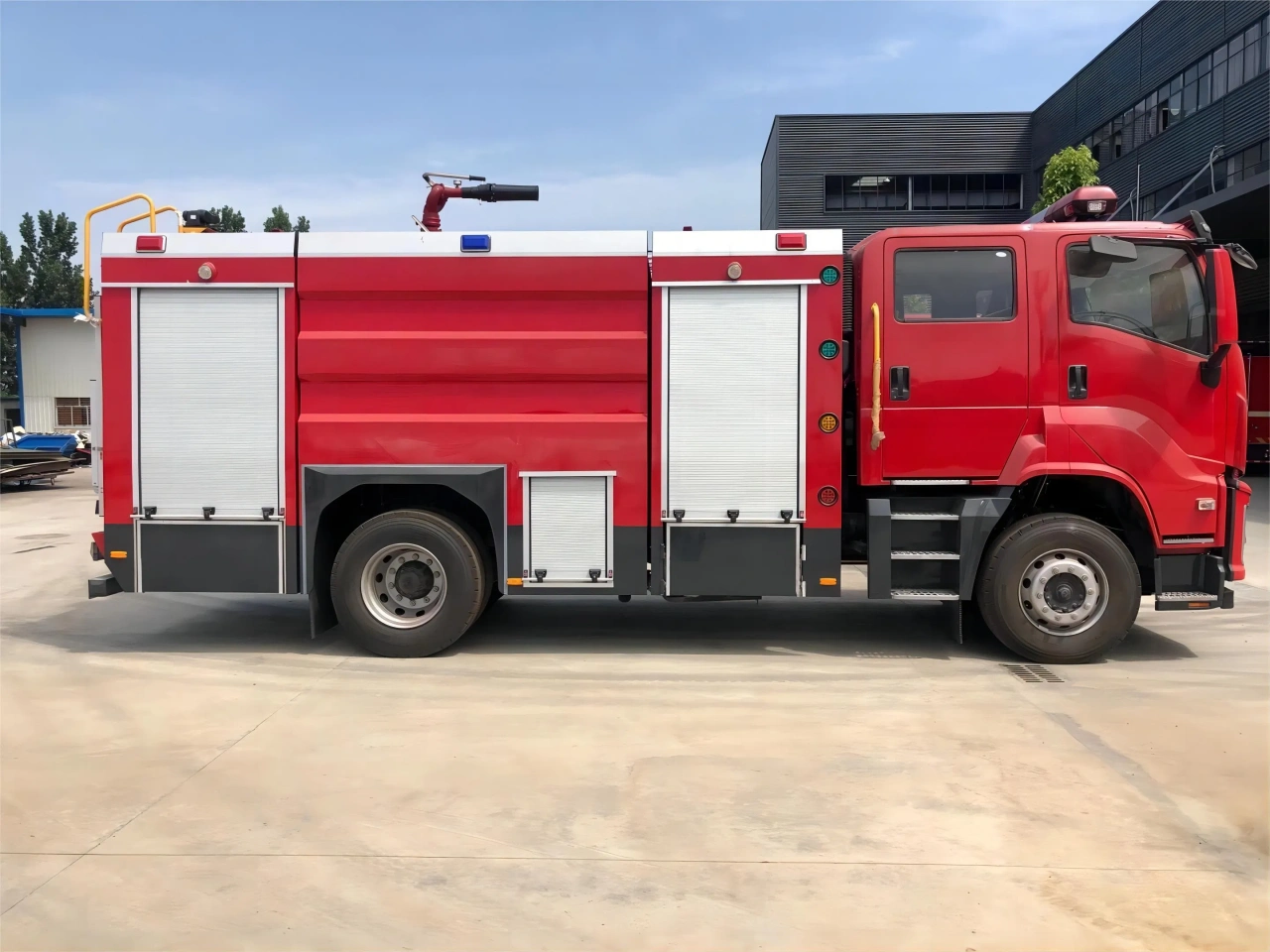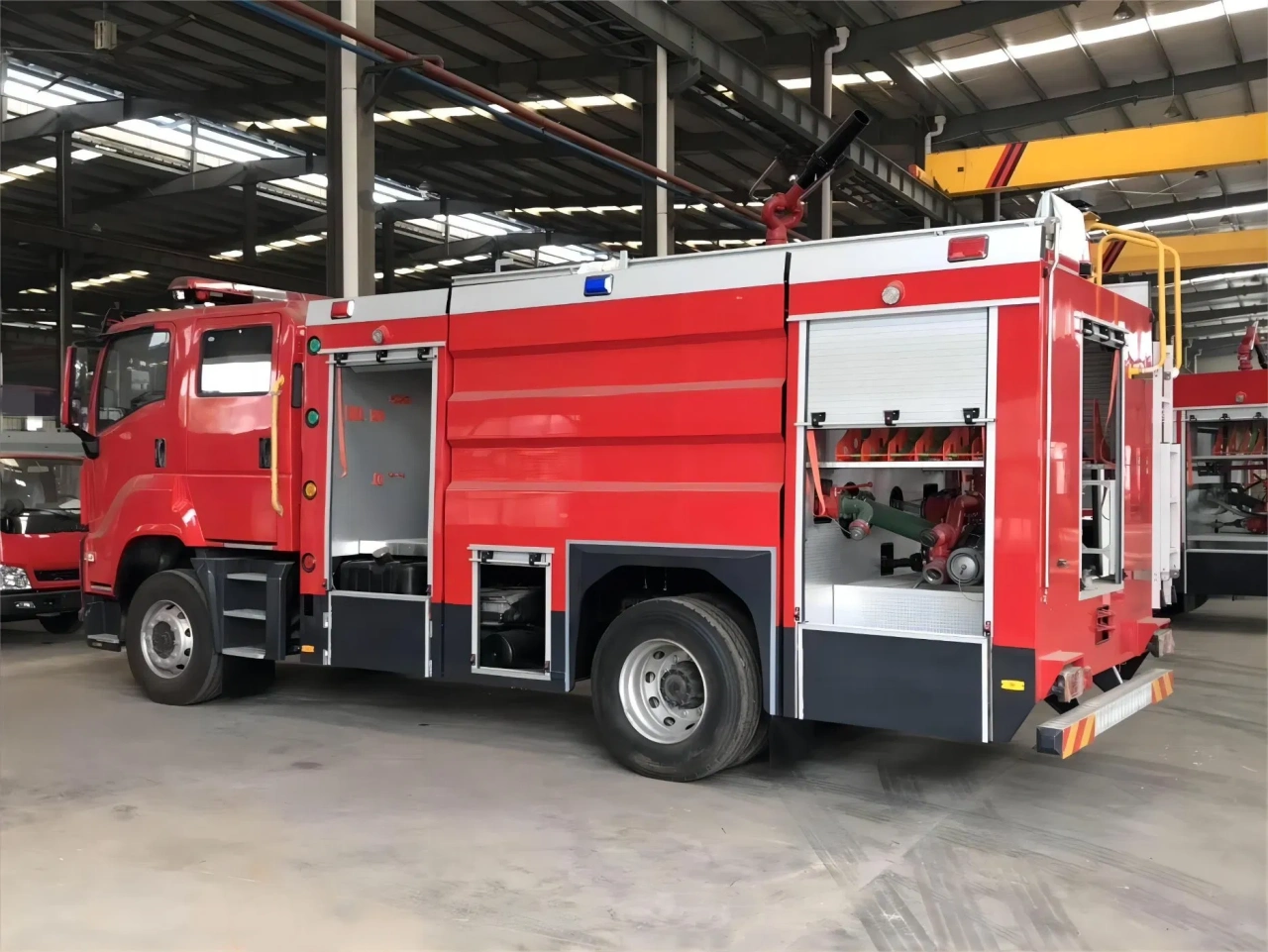When a fire breaks out, the first image that comes to mind for many people is that of a big red fire truck rushing to the scene, sirens wailing and lights flashing. Among the various types of fire apparatus used by fire departments, one of the most common and crucial is the pumper truck. Also known as an engine or fire engine, a pumper truck is the backbone of most fire suppression efforts. But what exactly is the purpose of a pumper truck? This article delves into the functionality, components, and vital role this vehicle plays in fire and rescue services.
Understanding the Pumper Truck
A pumper truck is a type of fire apparatus designed primarily for pumping water to extinguish fires. Its central component is a high-capacity water pump that allows firefighters to deliver large volumes of water through hoses to suppress and control flames. However, its role extends far beyond simply transporting water; it also serves as a carrier for essential firefighting tools, hoses, ladders, personnel, and more.
Though the terminology may vary slightly across regions, in most of North America and many parts of the world, the term “pumper truck” is used interchangeably with “engine.”
Core Functions of a Pumper Truck
1. Water Pumping and Delivery
The primary and most essential function of a pumper truck is to deliver water at high pressure to the scene of a fire. This is done through:
- Centrifugal pumps which are typically powered by the truck’s engine or a separate pump engine.
- Multiple intake and discharge outlets, allowing connections to hydrants and various hoses.
- Control panels that regulate water pressure and monitor flow rates.
In urban areas, pumper trucks are usually connected to fire hydrants, drawing water directly from the municipal system. In rural areas without hydrants, pumper trucks may rely on onboard water tanks or water shuttles from nearby sources such as ponds or tankers.
2. Carrying Firefighting Equipment
Besides pumping water, pumper trucks carry a wide variety of firefighting and rescue tools, including:
- Fire hoses (attack lines, supply lines)
- Nozzles and adapters
- Axes, halligan bars, and forcible entry tools
- Thermal imaging cameras
- Self-contained breathing apparatus (SCBA)
- Medical kits for first response
- Portable lighting and generators
The equipment load can vary based on the size of the truck and the specific needs of the department, but every pumper is essentially a rolling toolbox prepared for emergency response.
3. Transporting Firefighters
A typical pumper truck seats 4 to 6 firefighters, depending on its design. These personnel are often the first to arrive on the scene and are trained to handle a wide range of emergencies, including fires, medical calls, vehicle accidents, and hazardous material incidents.
The cab may be designed with seats integrated with SCBA packs, enabling firefighters to gear up en route and be ready to act as soon as they arrive.
4. Initial Fire Suppression
In many situations, the pumper truck acts as the first responder and the primary fire suppression unit. When arriving at a fire, firefighters can:
- Deploy attack lines directly from the truck
- Connect to a hydrant to establish a sustained water supply
- Begin extinguishing the fire before backup units arrive
- Perform rescue operations for trapped occupants
The onboard water tank, typically holding between 500 to 1,000 gallons (1,900 to 3,800 liters), allows for immediate fire attack even before hydrant connections are made.
Key Components of a Pumper Truck
To better understand its purpose, it’s helpful to look at the major components that make up a standard pumper truck:
- Water Pump: The heart of the vehicle, capable of pumping up to 1,500 gallons per minute (GPM) or more.
- Water Tank: Onboard reservoir for immediate use, sizes vary depending on truck type.
- Hose Storage: Large areas for storing different hose diameters, preconnected lines for quick deployment.
- Pump Panel: Control station for operating the pump, managing pressures, and monitoring gauges.
- Compartments: External and internal storage for equipment and tools.
- Ladders: Mounted on the sides or rear, used for access and rescue.
- Lighting and Scene Illumination: For nighttime or low-visibility operations.
Variants of Pumper Trucks
While the standard pumper is the most common configuration, there are variations designed for specific applications:
- Rescue Pumpers: Combine fire suppression with heavy rescue tools, useful in vehicle extrications or technical rescues.
- Wildland Pumpers: Designed for off-road firefighting in forests or brush areas, usually with 4×4 capability.
- Tactical Pumpers: Compact units for navigating tight urban environments.
- Foam Pumpers: Equipped with foam systems for combating flammable liquid fires, often used in industrial areas or airports.
The Pumper Truck in Fireground Operations
On the fireground, pumper trucks are the workhorses that make firefighting possible. Their versatility allows them to fill many roles during an incident, such as:
- Acting as a water supply relay between hydrants and ladder trucks
- Establishing attack lines for interior or exterior fire suppression
- Supporting ventilation and search operations
- Providing lighting and power for nighttime or confined space rescues
Coordination between multiple pumpers is critical, especially in large-scale fires where water supply, hose management, and manpower must be meticulously organized.
Training and Operation
Driving and operating a pumper truck requires specialized training. Firefighters must understand:
- Hydraulics and pump operations
- Hose deployment strategies
- Water supply logistics
- Apparatus driving and positioning
- Safety protocols during pumping operations
Pump operators, often called engineers or drivers, are critical to the success of fireground operations. A skilled operator ensures that water flow remains consistent, pressure is appropriate, and equipment is protected from damage.
Conclusion
In summary, the pumper truck is a fundamental piece of firefighting equipment whose main purpose is to deliver water and support fire suppression efforts. However, its role is multifaceted—it carries tools, transports personnel, and initiates vital firefighting and rescue tasks.
Without pumper trucks, modern firefighting operations would be nearly impossible. Whether responding to a structure fire, a vehicle collision, or a hazardous materials incident, these machines provide the essential infrastructure needed for emergency response. As technology continues to evolve, so too will the capabilities of pumper trucks, but their core mission remains unchanged: to bring water, tools, and trained personnel to where they are needed most, fast.
